
Векторный клипарт - Овощи / Vectors - Realistic Vegetables Set 2
4 AI | +TIFF Preview | 97 MB
|

Vectors - Stylish Landmark Elements 26
5 AI | +TIFF Preview | 69 MB
|

Vectors - Travel Infographics Set 16
6 AI | +TIFF Preview | 82.37 Mb
|
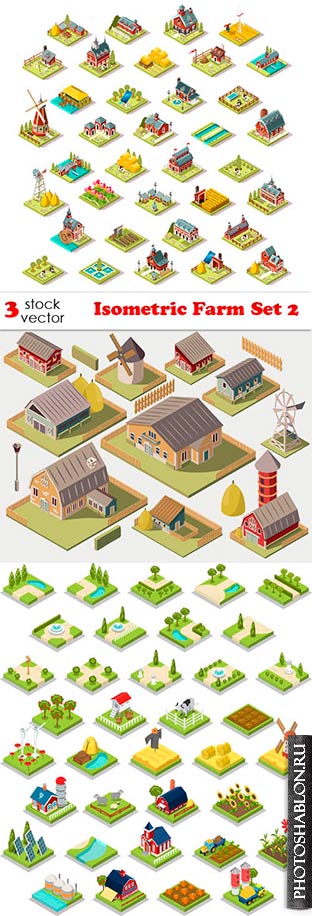
Vectors - Isometric Farm Set 2
3 AI | +TIFF Preview | 61.3 Mb
|

Vectors - Various Isometric Buildings 17
3 AI | +TIFF Preview | 52 MB
|
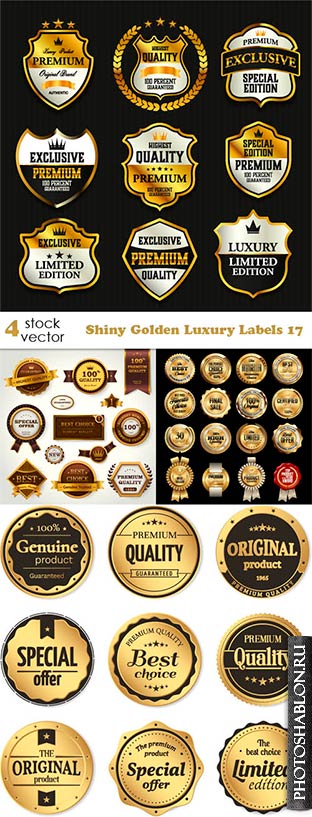
Vectors - Shiny Golden Luxury Labels 17
4 AI | +TIFF Preview | 68.95 Mb
|
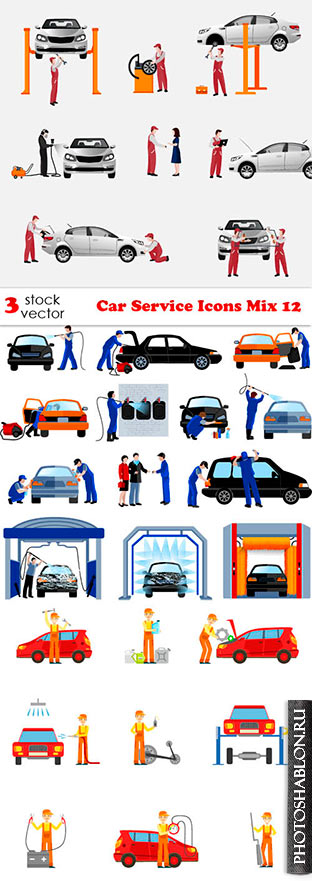
Векторные иконки - Автосервис / Vectors - Car Service Icons Mix 12
3 AI | +TIFF Preview | 57.44 Mb
|

Vectors - Arrows Infographics Backgrounds 38
6 AI | +TIFF Preview | 84 MB
|
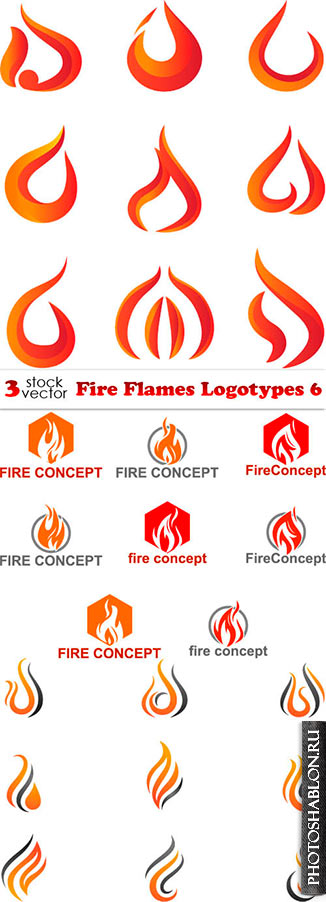
Векторные логотипы - Огонь / Vectors - Fire Flames Logotypes 6
3 AI | +TIFF Preview | 50 MB
|
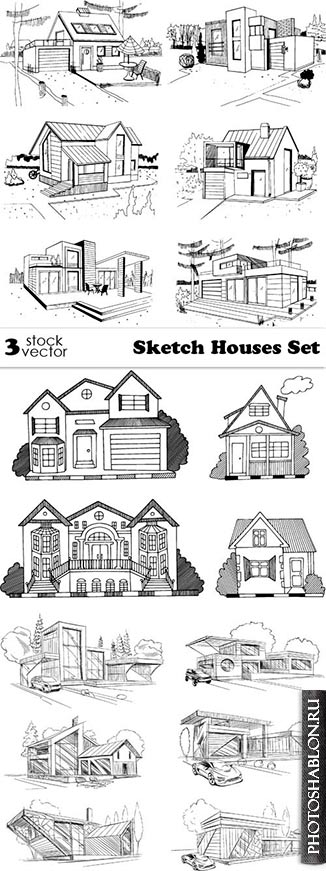
Vectors - Sketch Houses Set
3 AI | +TIFF Preview | 51 MB
|
|
Векторная графика, в отличие от растровой, строится не на основе сетки пикселей, а на математическом описании геометрических объектов - линий, кривых, многоугольников. Это позволяет векторным изображениям масштабироваться до бесконечности без потери качества, оставаясь четкими и гладкими даже при многократном увеличении. Каждый элемент в векторном изображении - это независимый объект, который можно редактировать отдельно, изменяя его цвет, форму, размер, положение, и т.д. Это делает векторную графику идеальным выбором для создания логотипов, иллюстраций, шрифтов, и других изображений, где важна четкость и масштабируемость.
Одним из ключевых преимуществ векторной графики является её компактность. Поскольку векторные изображения описываются математическими формулами, а не информацией о каждом пикселе, файлы обычно значительно меньше по размеру, чем их растровые аналоги. Это особенно важно для веб-графики и анимации, где размер файла напрямую влияет на скорость загрузки страницы и производительность. Кроме того, векторные файлы легче редактировать и обновлять, поскольку изменение одного объекта не требует повторной обработки всего изображения, как в случае с растровой графикой.












